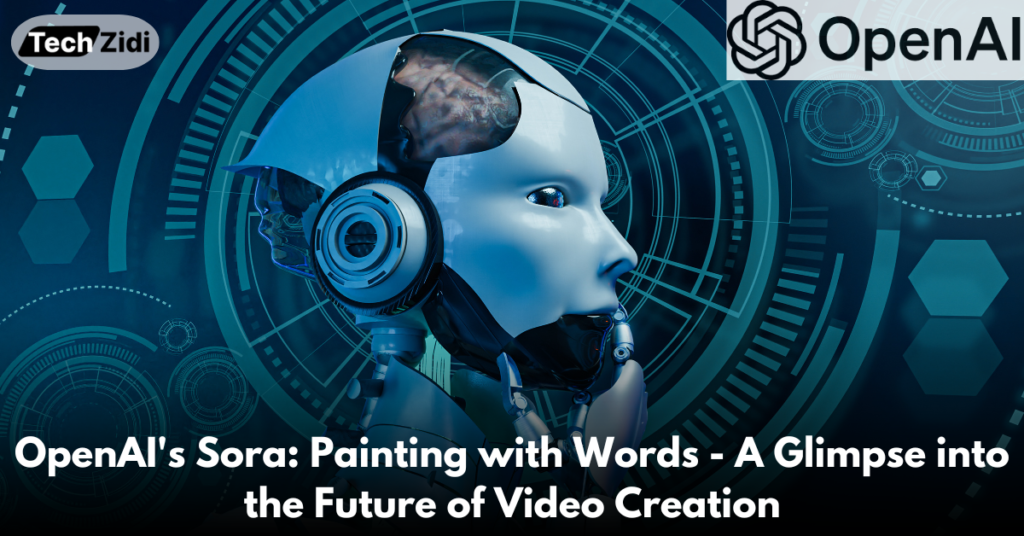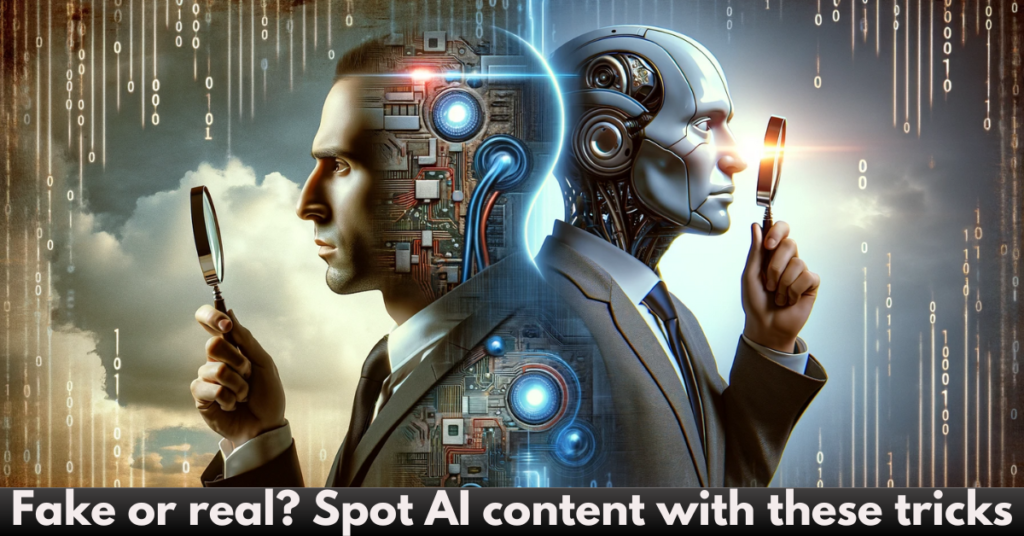OpenAI’s Sora: Painting with Words – A Glimpse into the Future of Video Creation
The innovative text-to-video model Sora from OpenAI is a big step forward in the field of artificial intelligence (AI). Imagine being able to describe things in words and instantly see them clearly and moving. This dream comes true with Sora, which is a big step forward in the history of creative tools. In a nutshell, this article gives a broad look at Sora, discussing its strengths, weaknesses, possible problems, and moral issues.
What is SORA?
Sora is basically a diffusion model that has been carefully trained to turn random noise into videos that make sense frame by frame. It has a strange understanding of the physical world, unlike the ones that came before it. These features let it make complicated scenes with lots of small details, combining characters, actions, and backgrounds without any problems based on text commands.
What can SORA do?
There are a huge number of ways in which sora can be used. You can convert a picture of any scene in which people are walking in a busy city. Or, a science article or theory explanation is animated for better understanding. With Sora, these visual narratives spring to life in mere seconds, effortlessly translating imagination into digital art.
There are many more uses than just entertainment. Animations can be added to educational materials to make them more interesting and help students understand the concepts better. It is easy and cheap for designers and storytellers to try out their ideas with rapid prototyping. Ads might work very differently if they can make personalized content on the fly.
Ethical Considerations While using AI
Having such huge power, though, comes with major duties. There are big worries about how they might be used wrongly. Concerns about fake news and deepfakes grow when it becomes possible to make videos that look real. If nothing is done, the bias that comes with data sets could keep harmful stereotypes alive. These problems are known to OpenAI, and the company is working with experts to solve them. They are going to put out a “system card” with information about Sora’s safety reviews and limitations before letting more people use it.
Technical issues amid newly launched
There are also still technical problems. Sora makes great art, but it is still hard to get truly photorealistic results and deal with complicated stories. The model has a hard time understanding how people interact with each other and how time works. To fully unlock its potential, it needs to be improved all the time. Sora is a huge step forward in video creation, even with these problems. It makes it possible for everyone, from experienced artists to complete beginners, to express themselves visually in a way that has never been possible before. It is great that OpenAI is committed to responsible development. This has started an important conversation about ethical issues.
Final Words
As Sora grows, it is likely that it will have many effects. It could make it easier for anyone to make videos, letting new voices and stories come forward. It has the potential to change industries by making work easier and creativity stronger. The most important thing is that it is a strong reminder of the possibilities and problems that come with AI. Sora can be a tool for good change if we encourage openness and teamwork. It will paint a better future not just with pixels, but with understanding and responsibility.



